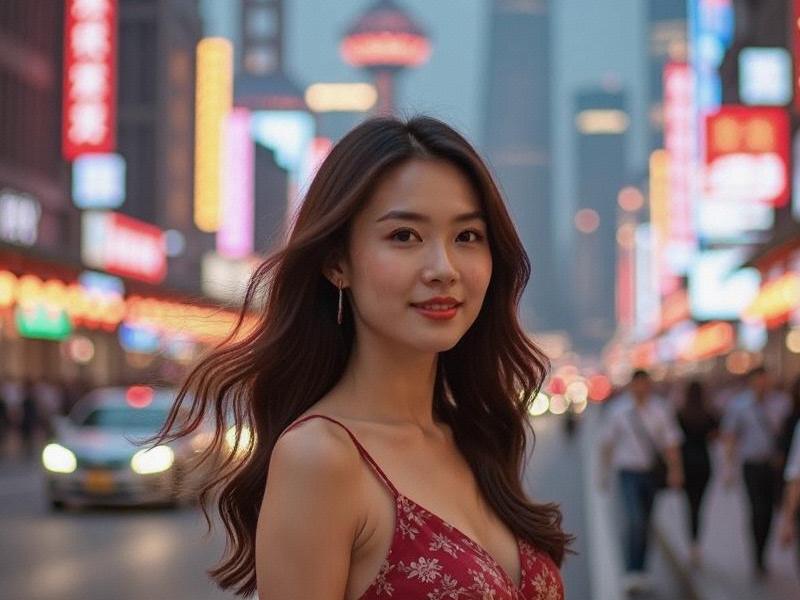This investigative feature examines how generations of Shanghai women have crafted a distinctive urban femininity that balances Chinese tradition with global influences, creating one of Asia's most dynamic female cultures.

The Shanghai Woman: An Evolving Cultural Icon
I. Historical Foundations (1840s-1990s)
1. Treaty Port Era (1843-1949)
- Western influences through international settlements
- Emergence of China's first female professionals
- The qipao revolution and hybrid aesthetics
- Literary pioneers: Eileen Chang, Ding Ling
2. Socialist Period (1949-1978)
- Gender equality in industrial workforce
- Underground beauty preservation
- Practical femininity ideals
- Hidden fashion exchanges
II. Modern Manifestations (2000-Present)
上海龙凤千花1314 3. The Contemporary Shanghai Woman
• Education: 76% holding bachelor's degrees
• Careers: 63% in leadership/STEM roles
• Marriage: Average first marriage age 31.2
• Finance: Directs 75% household expenditures
4. Style Archetypes
- "Puxi Professional" power aesthetic
- "Lujiazui Futurist" tech-chic
- "Hengshan Road Bohemian"
- "Old Town Traditionalist"
III. Economic Impact
5. Beauty Industry Boom
¥142 billion annual market
上海贵族宝贝自荐419 2,300+ beauty brands headquartered
Asia's leading cosmetic tech hub
Aesthetic medicine growth (38% YoY)
6. Cultural Influence
• Shanghai Fashion Week global impact
• Little Red Book trendsetting
• Luxury brand testing ground
• Feminist discourse evolution
IV. Notable Figures
- Fan Bingbing: Entertainment mogul
- Zhang Xin: Real estate tycoon
- Uma Wang: Fashion designer
- Chen Man: Visual artist
爱上海同城对对碰交友论坛
V. Social Challenges
• Work-family balance pressures
• Aging population dynamics
• Beauty standard debates
• Sustainability consciousness
VI. Future Directions
- Digital avatar styling
- Biotech beauty enhancements
- Heritage craft revival
- Inclusive beauty movements
Conclusion:
Shanghai's feminine culture continues to redefine modern Chinese womanhood through its unique synthesis of tradition and innovation.